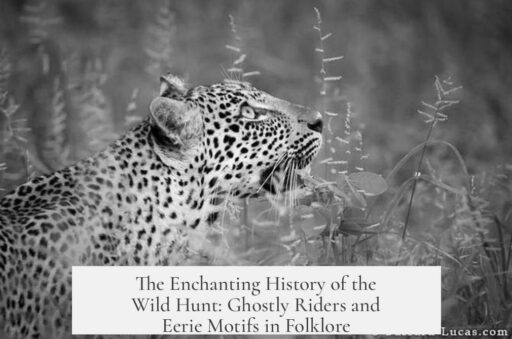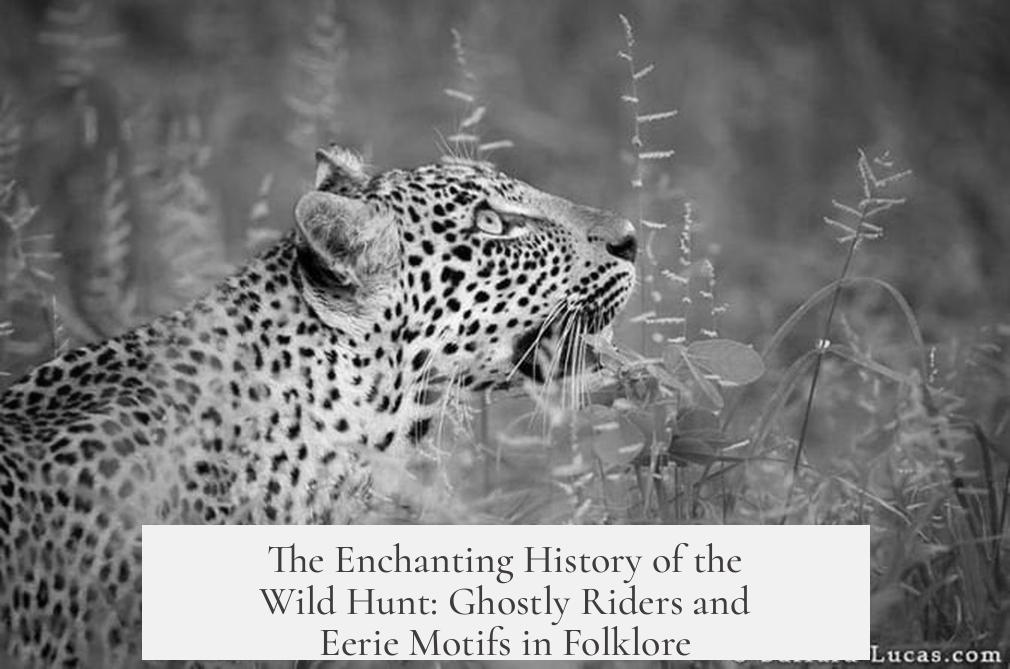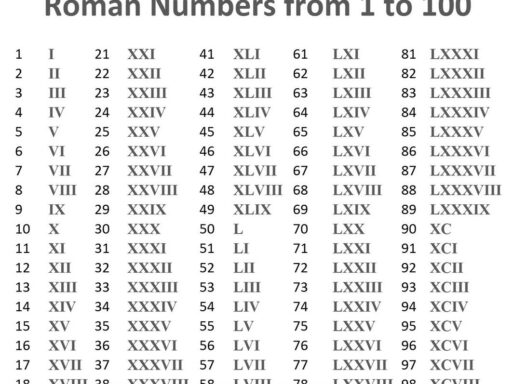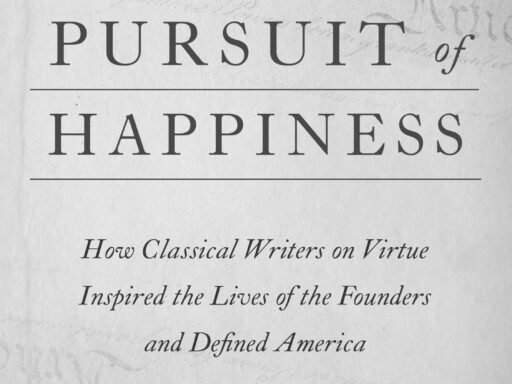The history of the Wild Hunt traces back to ancient folklore, reflecting a widespread motif of spectral hunters engaged in an endless chase. This phenomenon appears across multiple cultures, often linked to ghostly riders or spirits condemned to roam without rest.
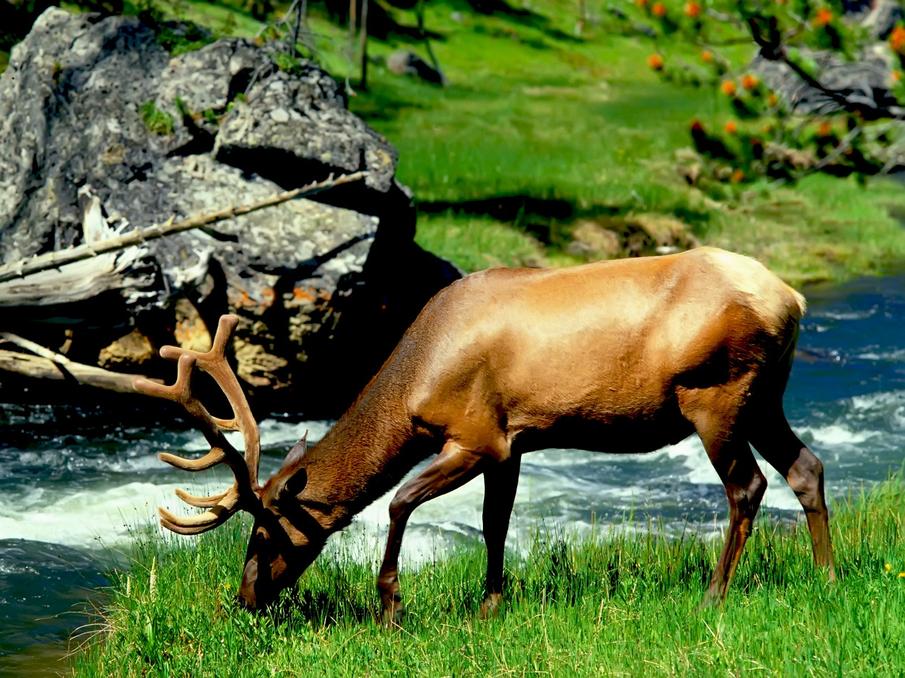
The motif of the Wild Hunt likely originates from ancient Greek mythology and northern European traditions. Ancient Greek myths mention figures like Hecate, associated with the night and possibly linked to themes of spectral pursuit. Scandinavian mythology contains many references to ghostly riders or gods of death leading hunts across the sky. These stories present the hunt as a supernatural event occurring in the night, often with terrifying and otherworldly appearances.
The central element of the Wild Hunt involves hunters who chase an elusive quarry, which they never seem to catch. This chase may take place in the air or across landscapes, creating a haunting spectacle. Local legends typically ascribe these hunts to well-known figures—gods, legendary kings, or spirits—but the exact leader varies by culture. The essence of the story focuses less on specific identities of the hunters and more on the recurring concept of endless pursuit.
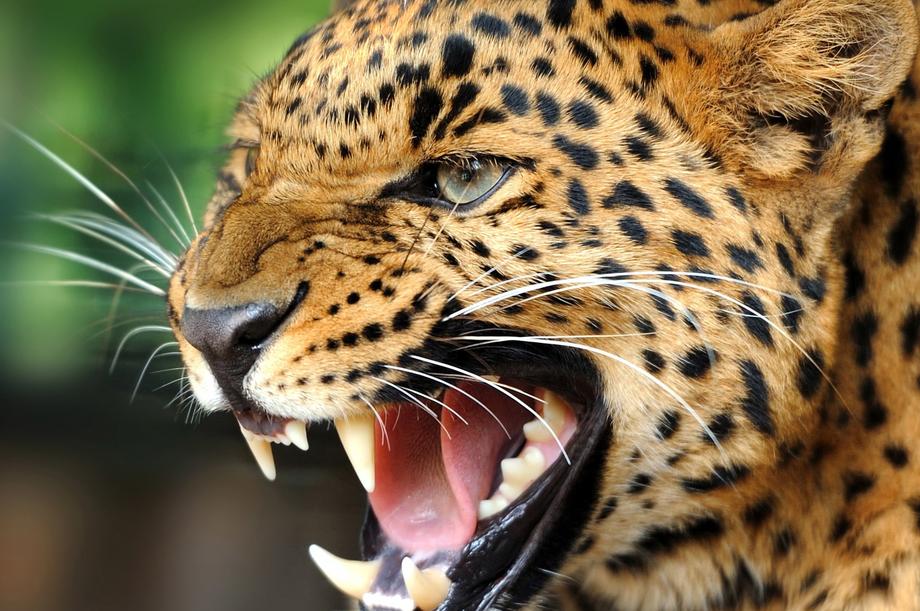
Natural phenomena may have helped shape the folklore of the Wild Hunt. Sounds emitted by large nocturnal birds or gusts of wind could inspire the eerie noises attributed to the hunt crossing the sky. Such sensory experiences might have amplified imaginations and given rise to tales of supernatural processions moving overhead.
Folklore studies originally focused on tracking the spread and transformation of such motifs across regions and time. The methodology primarily describes how stories change and travel, rather than delving deeply into their symbolic meanings. Some scholars and theorists, like Carl Jung and Joseph Campbell, offer interpretations that assign psychological or archetypal meaning to myths. However, these interpretations remain speculative and are not based on rigorous proof.
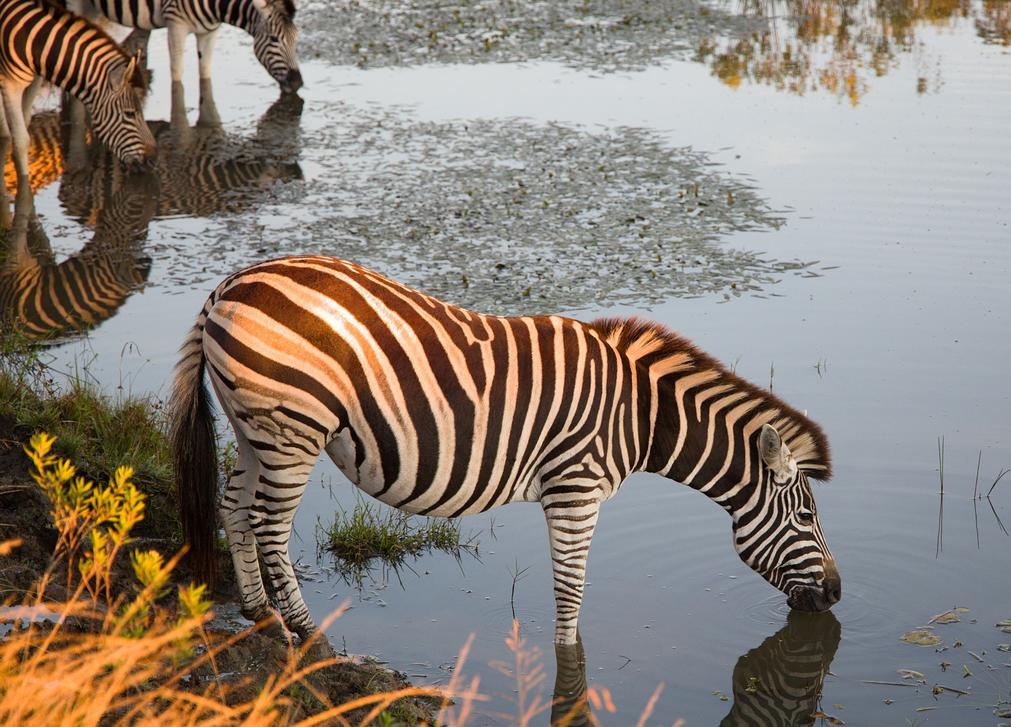
The Wild Hunt fits into a broader category of European beliefs about souls condemned to an eternal limbo. These souls do not reside in hell but instead wander restlessly. Many legends involve individuals or groups trapped in perpetual motion without rest or peace. The Wild Hunt represents one of the oldest examples of this type of spiritual unrest.
Other related motifs within this condemned souls complex include:
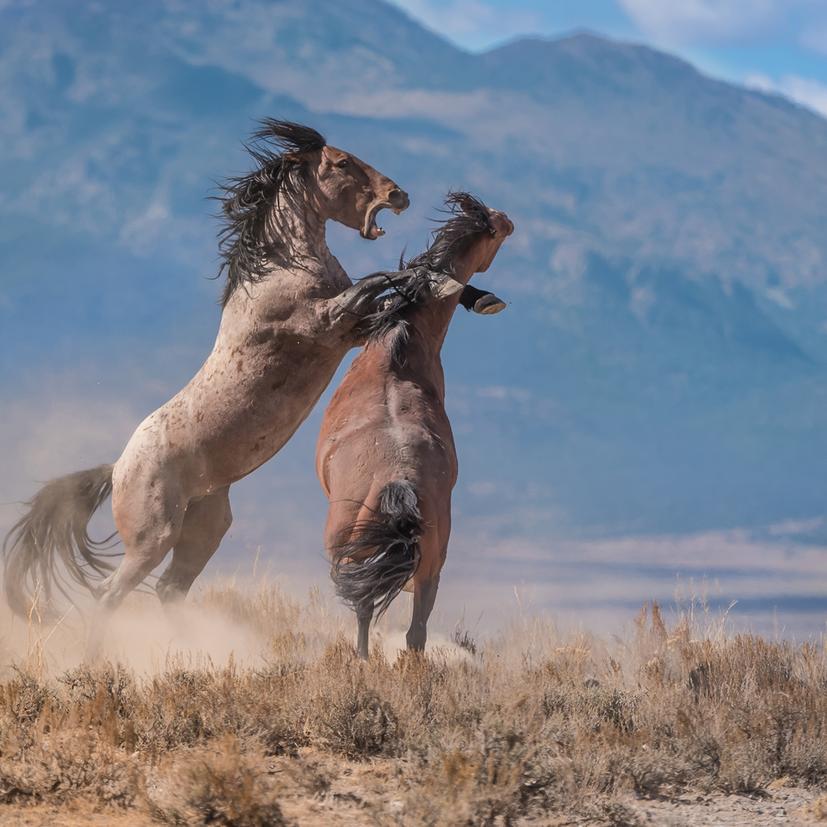
- Sleeping Army: Tales of fallen warriors resting inside mounds, ready to rise in defense of their land in times of dire need. King Arthur’s knights are classic figures in this motif.
- Flying Dutchman: A ghost ship doomed to sail the seas forever without anchoring safely. Sightings are often linked with storms and bad weather and reportedly date back to medieval times.
- Wandering Jew: The story of Ahasverus, cursed to wander eternally after refusing to help Jesus during the crucifixion journey. This legend also emerged in the Middle Ages.
- Will-o’-the-Wisp: A spirit carrying a flickering light that misleads travelers at night. Its origin story involves exile from both heaven and hell, and it predates many British folktales.
- Legends of Sunken Cities: Myths of entire towns submerged into the earth or sea following collective sins. These cities occasionally reappear briefly before returning to their liminal state.
Such motifs share themes of eternal unrest, punishment, and supernatural movement, reflecting common cultural concerns with life, death, and morality.
For a more detailed understanding, scholars recommend exploring folklore texts that address condemned souls or specific studies of the Wild Hunt. A useful resource is the author’s Introduction to Folklore, which contextualizes the Wild Hunt within the larger framework of eternal condemnation myths. Additional discussions and analyses by folklore enthusiasts and experts can expand on the thematic richness and regional variations of these legends.
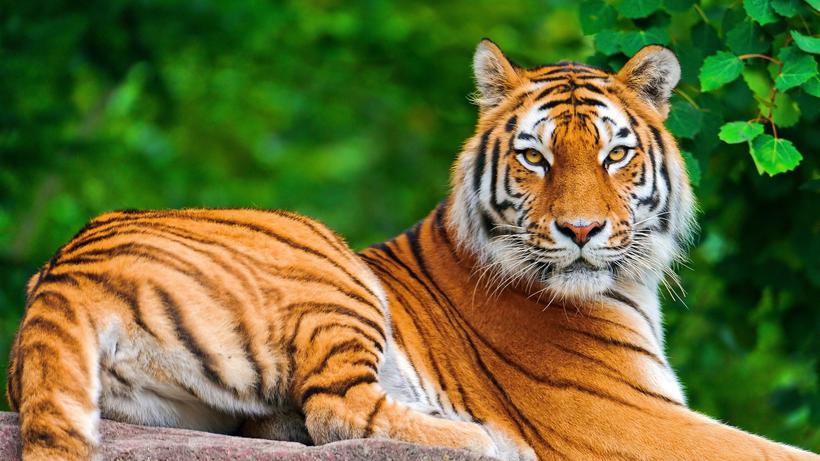
The Wild Hunt remains a compelling example of the persistence and adaptability of ancient motifs. It vividly illustrates how human cultures interpret natural signs and existential fears through the creation of complex, enduring stories.
- The Wild Hunt is a centuries-old motif depicting ghostly riders eternally chasing a phantom prey.
- It appears across cultures, notably in ancient Greek and Scandinavian mythology.
- The phenomenon likely grew from natural sounds and mysterious night events.
- The Wild Hunt belongs to a larger group of legends about condemned souls wandering forever.
- Related myths include the Flying Dutchman, the Wandering Jew, and sleeping armies.
- Interpretations vary; some see psychological archetypes, others view them as cultural reflections.
The Enchanting History of the “Wild Hunt”: Ghostly Riders in Eternal Pursuit
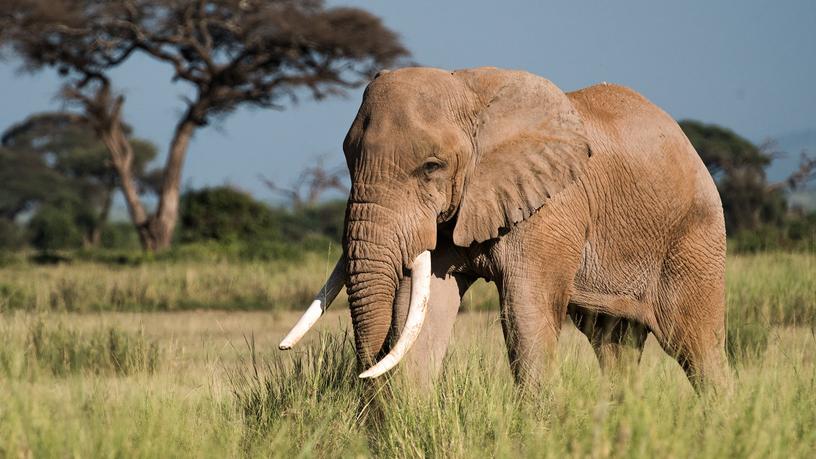
So, what is the history of the “Wild Hunt” exactly? In essence, the Wild Hunt is an ancient folklore motif featuring ghostly hunters forever chasing a mysterious, elusive prey. This spectral chase races across skies and landscapes, rooted in mythologies as old as ancient Greece and the Norse sagas. But like any captivating legend, it’s more than just a ghost story—it reflects deep human fears and cultural beliefs about death, limbo, and restless souls.
Let’s take a closer look at the Wild Hunt’s fascinating origins, its place within European folklore, and the other eerie motifs it’s related to. If you think the Walkers in “Game of Thrones” are cold, wait until you meet the cold riders of the eternal night!
Where Did the Wild Hunt Begin? Ancient Roots and Universal Themes
The Wild Hunt is not a local legend but a prime example of a folklore motif found across Europe and beyond. Its origins stretch back to ancient times. Even the Greek goddess Hecate—sometimes seen as a chthonic figure associated with ghosts and darkness—shows parallels to this eerie phenomenon. The motif itself predates specific characters or stories attached to it.
Why does it appear in so many cultural pockets? Because the idea taps into universal themes: relentless pursuit, the hunt for something unattainable, and ghostly apparitions in the night sky. Imagine hunters flying through the air, chasing prey they can never catch. The attraction here isn’t just a scary story; it’s the profound sense of striving without success, a metaphor likely resonating across many human societies.
Nature itself seems to have played a starring role in shaping this myth. Some natural phenomena, like the haunting nocturnal calls of large birds, give the legend its eerie soundtrack. When people heard those sounds in the dead of night, they might have assumed the Wild Hunt had just swept past—riders thundering invisibly through the air. A ghostly rodeo, if you will.
The Wild Hunt as a Tale of Condemned Souls: A Limbo for the Restless
The Wild Hunt belongs to a larger family of European folklore about souls condemned not to fiery hell but to a strange limbo. These souls wander endlessly, restless and unsettled. They do not find peace or rest anywhere. This limbo category includes several eerie legends, each illuminating different aspects of eternal wandering and supernatural punishment.
Within this group, the Wild Hunt is one of the oldest, referenced in ancient Greek sources and Scandinavian mythology. Ghostly riders tear across the landscape or sky, forever chasing a phantom quarry. Reports throughout history tell of people witnessing these supernatural phenomena. Sometimes, the hunt’s leader is called the god of death—an ominous figure guiding lost souls.
Kin of the Wild Hunt: Other Eerie Motifs from Europe’s Supernatural Menagerie
| Motif | Description | Origin Period |
|---|---|---|
| Sleeping Army | Warriors killed in battle, resting inside mounds, waiting to rise in future wars. King Arthur’s knights fit this mold, healing in Avalon’s mists. | Medieval and earlier |
| Flying Dutchman | Ghost ship sailing the seas endlessly, never finding harbor, appearing during stormy weather once every century. | Medieval |
| Wandering Jew | A man condemned to roam the earth forever after refusing Christ rest during his crucifixion march. | Medieval |
| Will-’o-the-Wisp | A phantom light carried by a restless spirit exiled from hell, luring travelers to their doom. | Common in Britain |
| Sunken Cities | Cities submerged underground or under the sea as punishment for sins, emerging briefly every century. | Medieval |
Each motif shares the theme of souls or groups condemned to a fate outside normal life and death. They are trapped, moving or waiting, unable to find rest. The Wild Hunt fits here perfectly: eternal chase, no rest, no success.
Folklore Study: Tracking the Legend, Not Chasing Symbolic Meaning
Fun fact: Folklore research traditionally focuses on documenting where and how stories spread and change over time. It tracks variations and distributions, not necessarily their symbolic or psychological meaning. So, when it comes to the Wild Hunt, most folklore scholars focus on *where* it pops up rather than *why* it’s meaningful.
For the deep symbolic analysis, people turn to thinkers like Carl Jung or Joseph Campbell. They treat myths as windows into universal human psychology and archetypes. Although neither may have commented specifically on the Wild Hunt, their frameworks can inspire interesting ideas about its symbolism—like representing eternal struggle or death’s inevitability.
But be warned: Jungian or Campbellian interpretations read meaning into myths based on bigger ideas, not direct evidence. Accept or reject those ideas, but always know they’re speculative, though fascinating.
Why Does the Wild Hunt Still Captivate Us Today?
The Wild Hunt continues to thrill and chill because it embodies primal fears and timeless human questions. What happens after death? What if souls never find peace? And what if ghosts aren’t quiet but thundering wild through the night?
Modern story creators often borrow or reinvent the Wild Hunt motif in fantasy and horror. Whether it’s a ghostly hunt in a novel or a sweeping storm in a video game, the Wild Hunt evokes that feeling of something vast, relentless, and hauntingly invisible.
Curious how to spot the Wild Hunt? Keep an ear out for strange howls or calls in the night. Maybe the eerie cries of big birds aren’t just birds but a reminder of this ancient legend swooping through the ages.
Looking for More? Recommended Resources
If you want to dive deeper, check out Introduction to Folklore for detailed analysis of condemned souls in European traditions. Engage with stories and interpretations from folks like /u/itsallfolklore who explore myths and legends through fresh lenses.
In short, the Wild Hunt is much more than ghost riders hurtling through darkness. It’s a window into how humans have grappled with death, the supernatural, and eternal unrest. It’s one of Europe’s oldest and most widespread myths, reflecting deep cultural and psychological currents.
Summary: The Wild Hunt is an ancient and widespread folklore motif. It captures a spectral hunt for an unattainable prey, rooted in Greek and Norse mythology. It belongs to a broader European narrative of condemned souls wandering in eternal limbo. Connected to legends like the Sleeping Army and the Flying Dutchman, it reflects timeless human fears about death and eternal unrest. Folklore scholars track its spread, while Jungian thinkers ponder its deeper meaning. Either way, it remains a captivating legend echoing through centuries.
What is the origin of the Wild Hunt legend?
The Wild Hunt has ancient roots, with motifs appearing from Greek to Scandinavian myths. It features ghostly hunters chasing an elusive prey, often flying through the air. The legend predates many specific cultural stories.
Why are natural phenomena linked to the Wild Hunt stories?
Sounds from large nocturnal birds and other eerie natural events likely fueled the Wild Hunt legend. People may have mistaken these sounds for the passing of ghostly hunters in the night sky.
How does the Wild Hunt relate to the belief in condemned souls?
The Wild Hunt is part of a wider European folklore theme of souls condemned to wander. These souls do not rest in heaven or hell but exist in limbo, endlessly chasing something they cannot catch.
Are there other folklore motifs similar to the Wild Hunt?
Yes, motifs like the Sleeping Army, Flying Dutchman, and Wandering Jew also involve condemned or restless spirits doomed to roam. These stories show a broad pattern of eternal wandering and unrest.
What role do leaders play in Wild Hunt stories?
Sometimes the leader of the Wild Hunt is depicted as a god of death or a ghostly figure. However, the focus is more on the motif of endless pursuit than on any particular leader’s identity.
